We came to Pokhara on March 8th, 2017 to relax in a beautiful place, enjoy a yoga retreat, and prepare for a multi-day trek in the Himalayas. Pokhara has a very different feel from Kathmandu, and has a population of only 230,000. The city is nestled alongside a beautiful lake surrounded by green mountains, and was a much-needed change of pace from bustling, dusty Kathmandu.
Our flight from Kathmandu was less than an hour on a small plane. The Pokhara airport is quaint and easy to navigate. There were plenty of taxis but we arranged for a shuttle to pick us up and take us to our yoga retreat immediately. The shuttle was a vehicle they call a “Jeep” but it’s more like a Jeep-truck, tough but lightweight. It’s apparently very simple, has few electronics, and is made by an Indian company called Mahindra. They are everywhere in the Annapurna region and I want one.
We drove through Pokhara to Lakeside, an upscale touristy neighborhood on the lake, and loved seeing the happy people and dogs walking in the clean air and sunshine. It’s quite laid back, and picturesque.
The yoga retreat we chose is called “Purna Yoga” and is situated north of Lakeside, on the side of a mountain about 100 meters higher than the city and the lake. The views are spectacular. The daily itinerary for the yoga retreat involved waking at 6am, doing some easy stretching yoga, rinsing our sinuses with a neti pot, drinking tea, meditating, pampering with a steam bath or essential oil inhalation, a yogic breakfast, a sound bath (they hit gongs all around us), kirtan chanting (“Shiva Shivaaaa”), more yoga, free time, yoga, and finally some meditation before bedtime (stare at a candle), which is 9pm.
We enjoyed rejuvenating our bodies and minds for three days along with the tasty, healthy food and yoga. I read a book on the life and teachings of Buddha, and part of a book about the seven chakras; which bored me by the third chakra so I put it down.
As I read local eastern philosophical books I’m also reading Marcus Aurelius’s “Meditations,” which is the Roman emperor’s notes, letters, and philosophy. I was struck by how similar stoic philosophy is to Buddhism. I did some research online and found out that stoicism has threads that originate from Buddhism. When Alexander the Great entered northern India in c.200 BCE, about 300 years after Buddha lived, he brought with him Greek philosophers to study the foreign religions. One of the philosophers, Pyrrho wrote about the “naked philosophers” which were the Indian Ascetic Priests, and went on to found the philosophical school of skepticism, which is perhaps the largest influence on stoic philosophy, which is the heart of Marcus Aurelius’s work.
We were in Pokhara during the festival of Holi, which is the region’s Hindu celebration of the beginning of spring. The traditional custom of Holi is to throw dyed rice flour on people, especially their faces. We left the yoga retreat for a few hours to experience the festival with our friend Ryan, who traveled from Kathmandu to escape the city and relax. We drank a “special” lassie and enjoyed sitting by the lake for the afternoon while watching the festivities, and then returned to the yoga retreat for some heavy duty yoga. I quit halfway through the yoga session and ate a snack.
After the yoga retreat, we spent a few more days in Lakeside to prepare for our next adventure, a ~18 day trek through the Annapurna region of the Himalayas called the “Annapurna Circuit.” The trek is about 230km (145 mi) long, and climbs to about 5400m (17,760 ft).
We stayed in a fancy hotel ($25/night) called Hotel Pointe, spending the extra money because our first night after the yoga retreat we stayed at a budget hotel ($5/night) with good reviews, and found cockroach droppings near my pillow in the morning. Gross.
Pro tip: Most taxi drivers overcharge tourists. We learned that when they say “300 Rupees” ($3 USD) it should actually be something like 50 rupees ($.50 USD). I would ask store owners and our hotel how much a ride should cost “Nepali price” (local price, instead of tourist price) before hailing a cab, then use that price to negotiate.
One day we took a taxi with Ryan to the World Peace Pagoda, a Japanese-Buddhist donation to Pokhara. It’s a beautiful white structure overlooking Phewa lake and the city. After taking in the views, making green tea and playing with puppies, we hiked down the mountain where we caught a rowboat back to Lakeside for 400 RS.
The food in Lakeside was outstanding. South Lakeside is mostly large hotels and many tourists, and North Lakeside is where more local people eat. We preferred eating in mid-to-north Lakeside, enjoying a mix of cuisines that catered to Western tastes and traditional Nepali fare. Our favorite restaurant was OR2K, because it had an excellent view of the lake and had a diverse menu (including French wine!).
Our favorite trekking store in Lakeside was Hilari Trekking. The owner was a former trekking guide in the Himalayas and was honest about the quality and price of his goods.
Pro tip: You can buy almost any trekking gear you need in Nepal, very cheaply, though everything is “knock off” brand name goods and made in China or India. HOWEVER when you are buying the “essentials” for trekking in extreme climates in Nepal- base layers, socks, shoes, rain gear, sleeping bags, jackets- you MUST be able to tell the difference between high quality materials and low quality materials. We ran into several hikers who bought knock off jackets and sleeping bags that the store salesmen assured them were down, when in fact they were made with cheap synthetic filler. As a result, they paid more for inferior quality goods, and were miserable for days on end at the higher altitudes, as synthetic is not as insulating as down. We bought high quality base layers, fleece hats, a fleece jacket, a bpa free water bottle, insulated snow pants, and trekking poles in Nepal, and have been impressed with the quality when considering how cheap everything was. We brought our own rain gear, hiking shoes, down jackets, and wool/blend socks to ensure those essentials were good quality and would hold up during the trek.
Since we expected the trek to take about 20 days, we decided to extend our 30-day visa by 15-days to avoid a penalty fee. This is the process: apply for the visa extension online through the government immigration website, print the confirmation page from the website, then scan and print your passport’s main page and the page with the Nepali visa that’s going to be extended. Then walk 20 minutes south of Lakeside to the immigration building to process the visa extension. It can take up to two hours depending on how many people are there and how busy the office workers are.
We also needed to get a “TIMS card” and ACAP trekking permit. The process took about two hours. We had to go to a photo shop and buy four “passport” headshot photos. It should cost no more than 250 rupees. Then we walked to the tourist center near the immigration office any went through their application process. Showing the TIMS card and permit is required at multiple points along the trek. The ACAP is a government organization that regulates and maintains the Annapurna conservatory, similar to the US National Park service.
We heard from the ACAP that the highest pass in the Annapurna Circuit trek, and in fact the world, was closed due to bad weather. It’s called Thorong La Pass and it’s 5460 meters in elevation. We decided to do the trek anyway and hope for the best. In the worst case scenario, if the weather is really bad, we could turn around and hike back the way we came.
We will write all about our trek in the next blog post. Until then, Namaste!

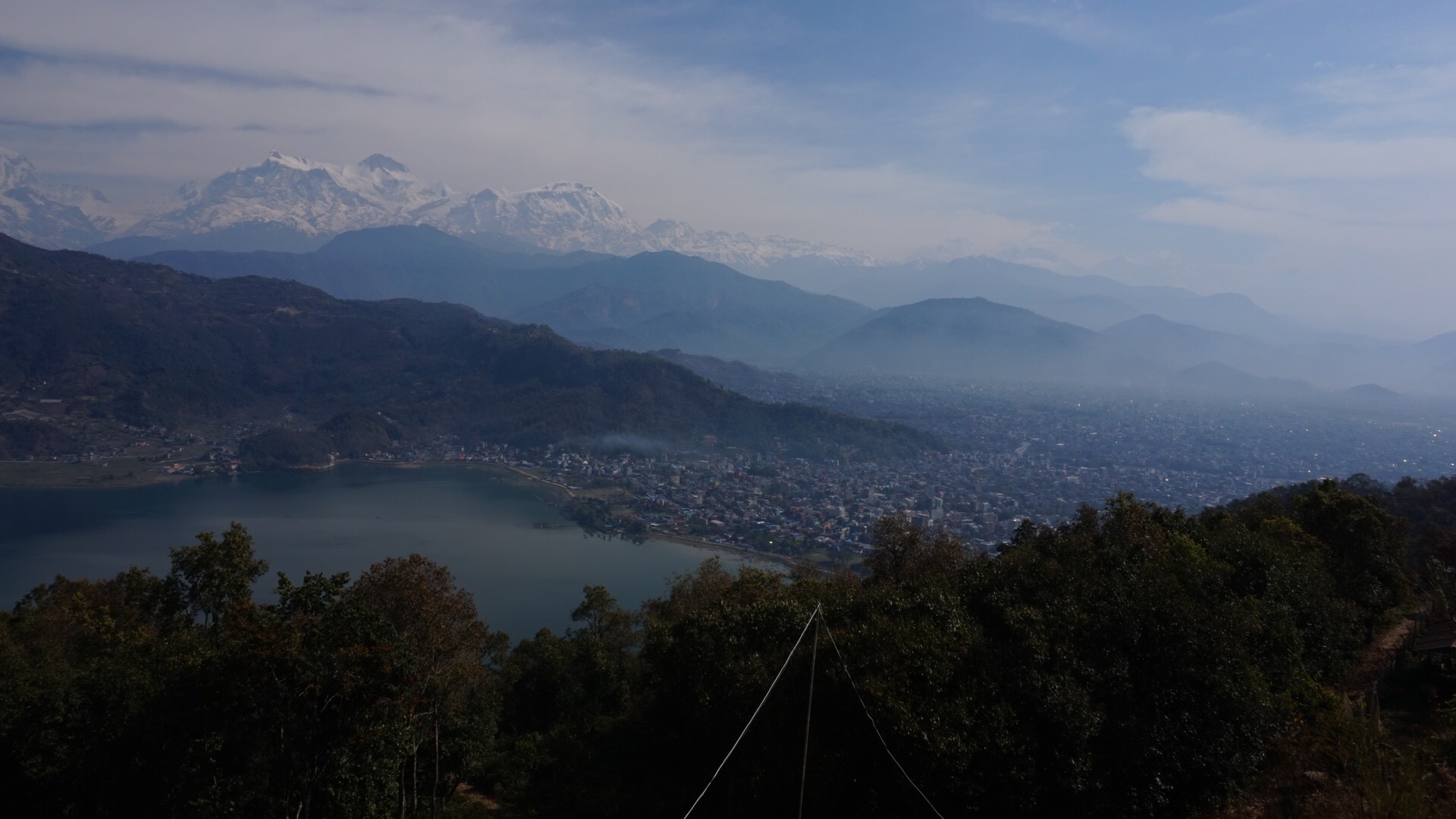
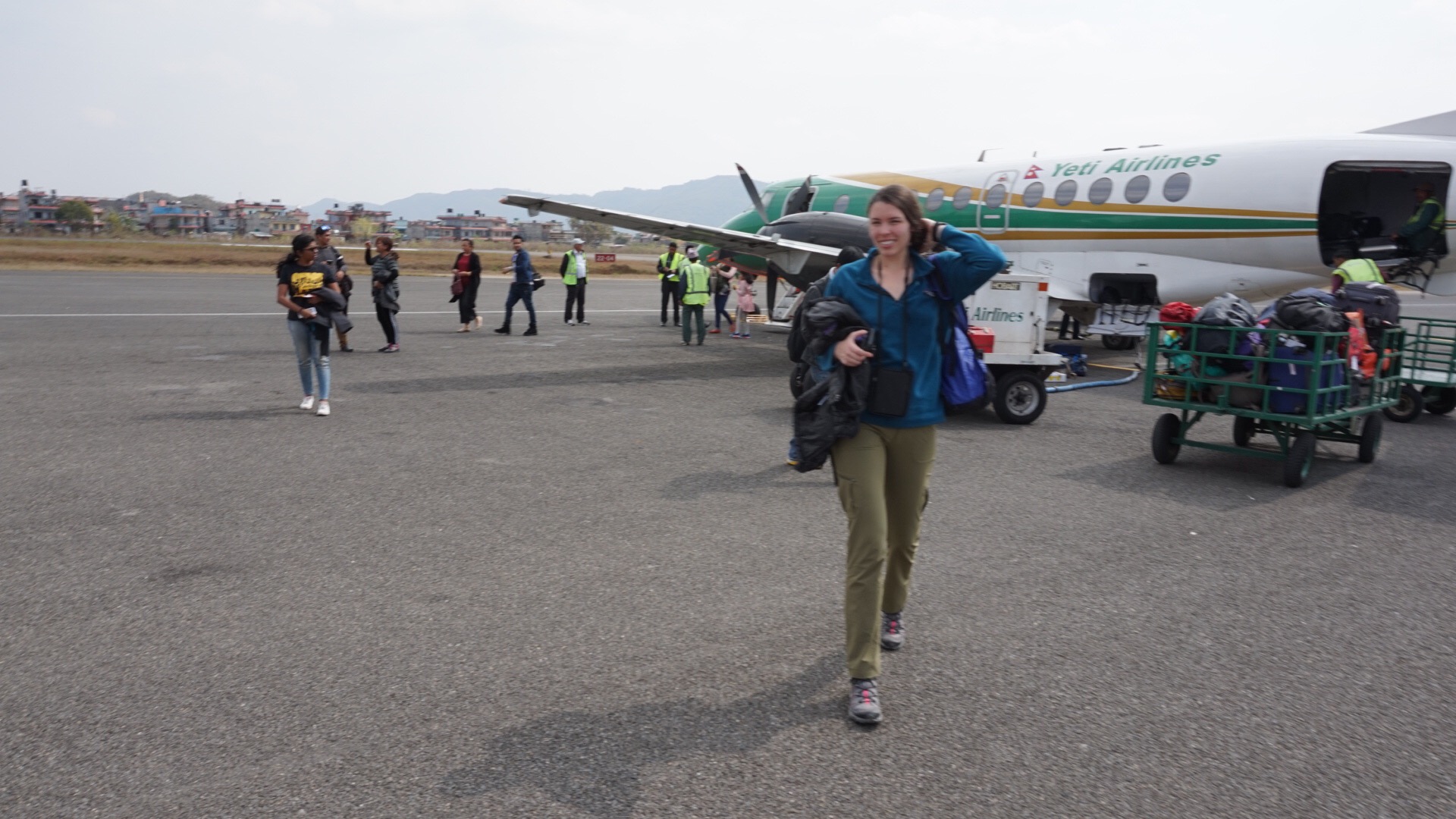
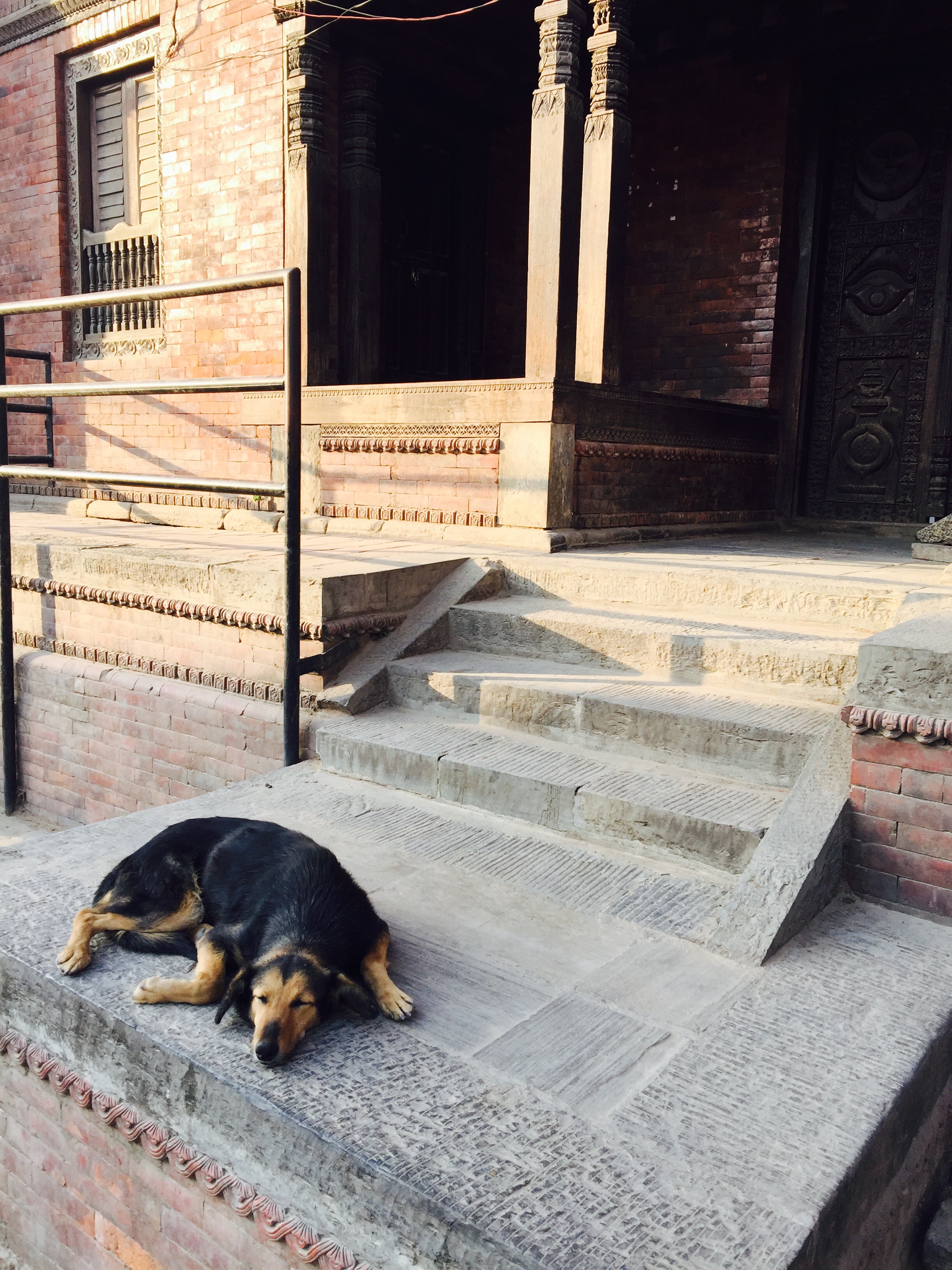
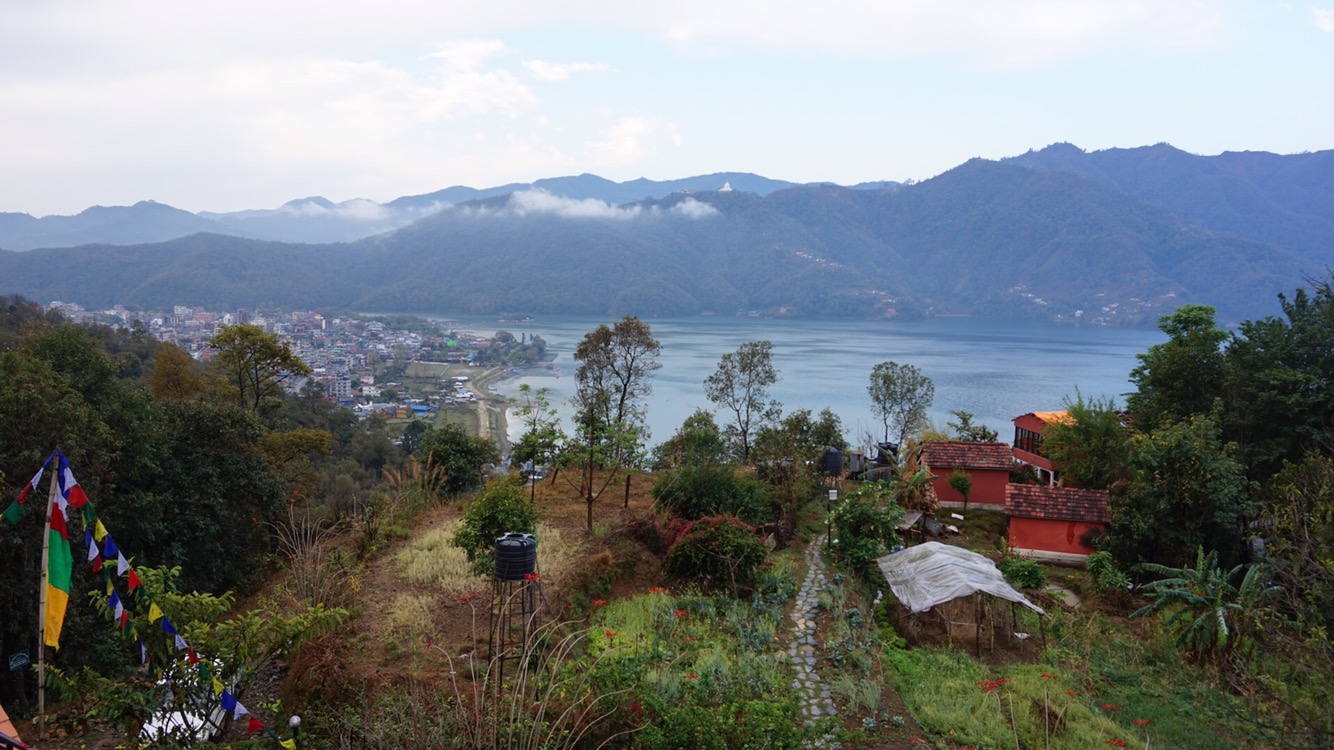
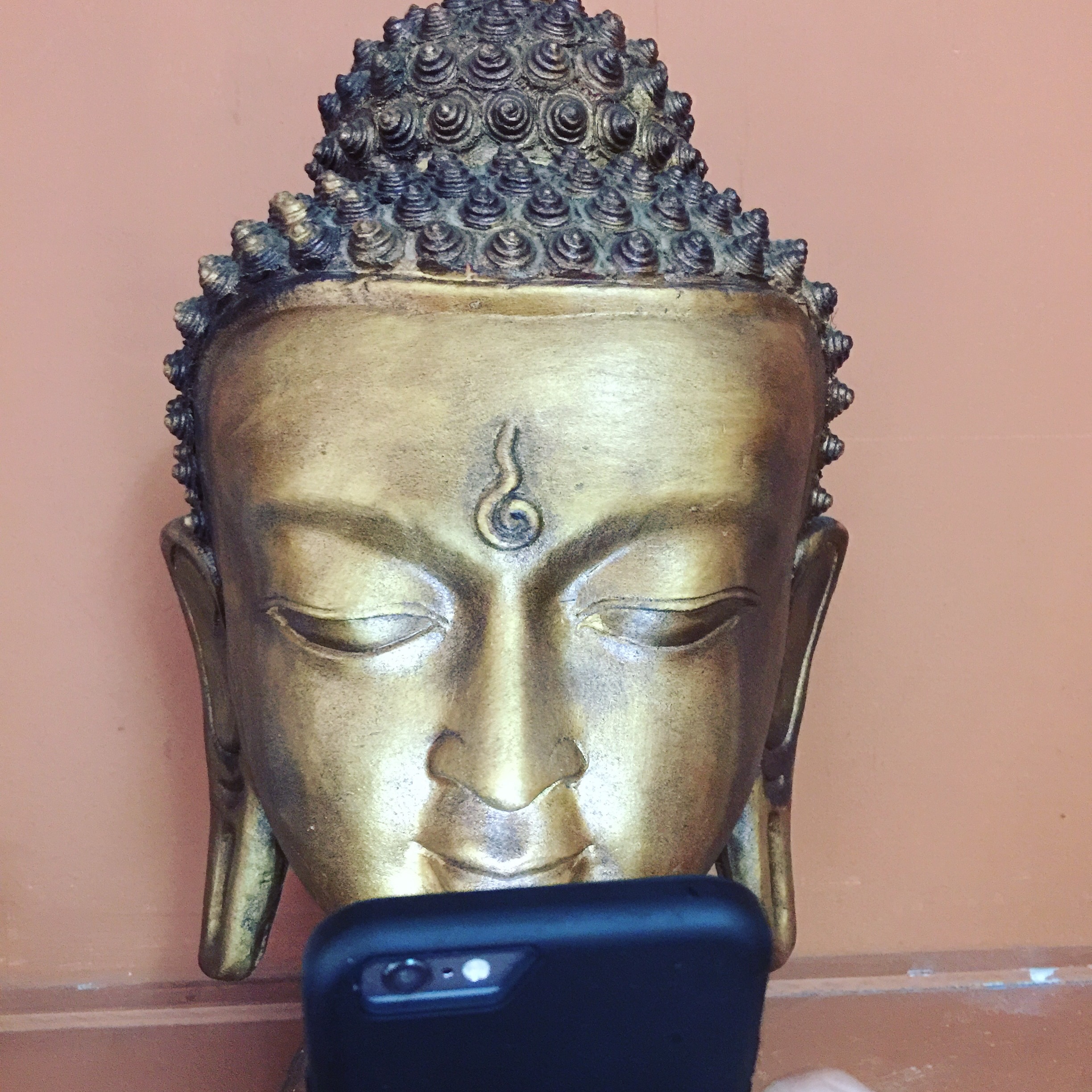
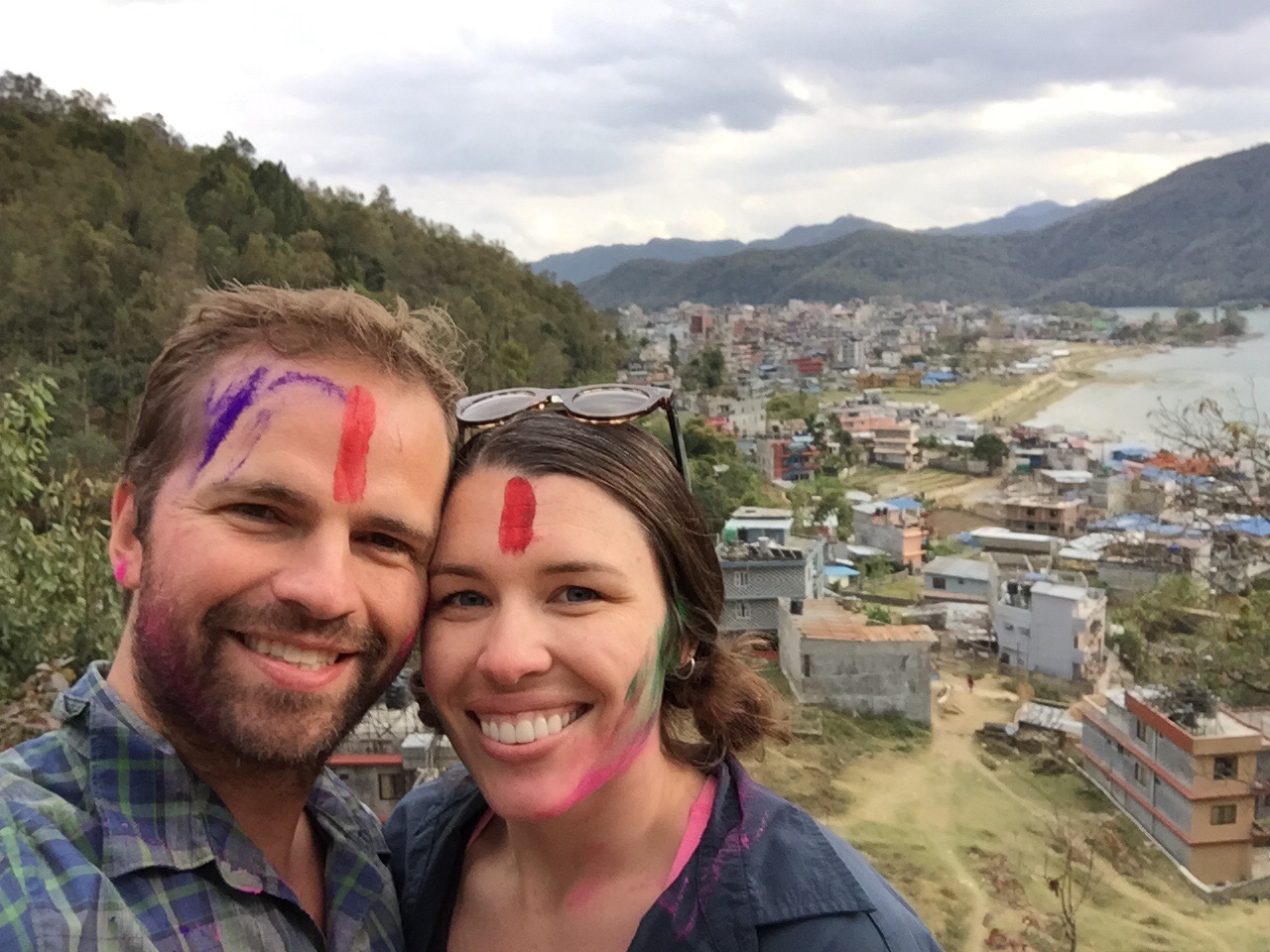
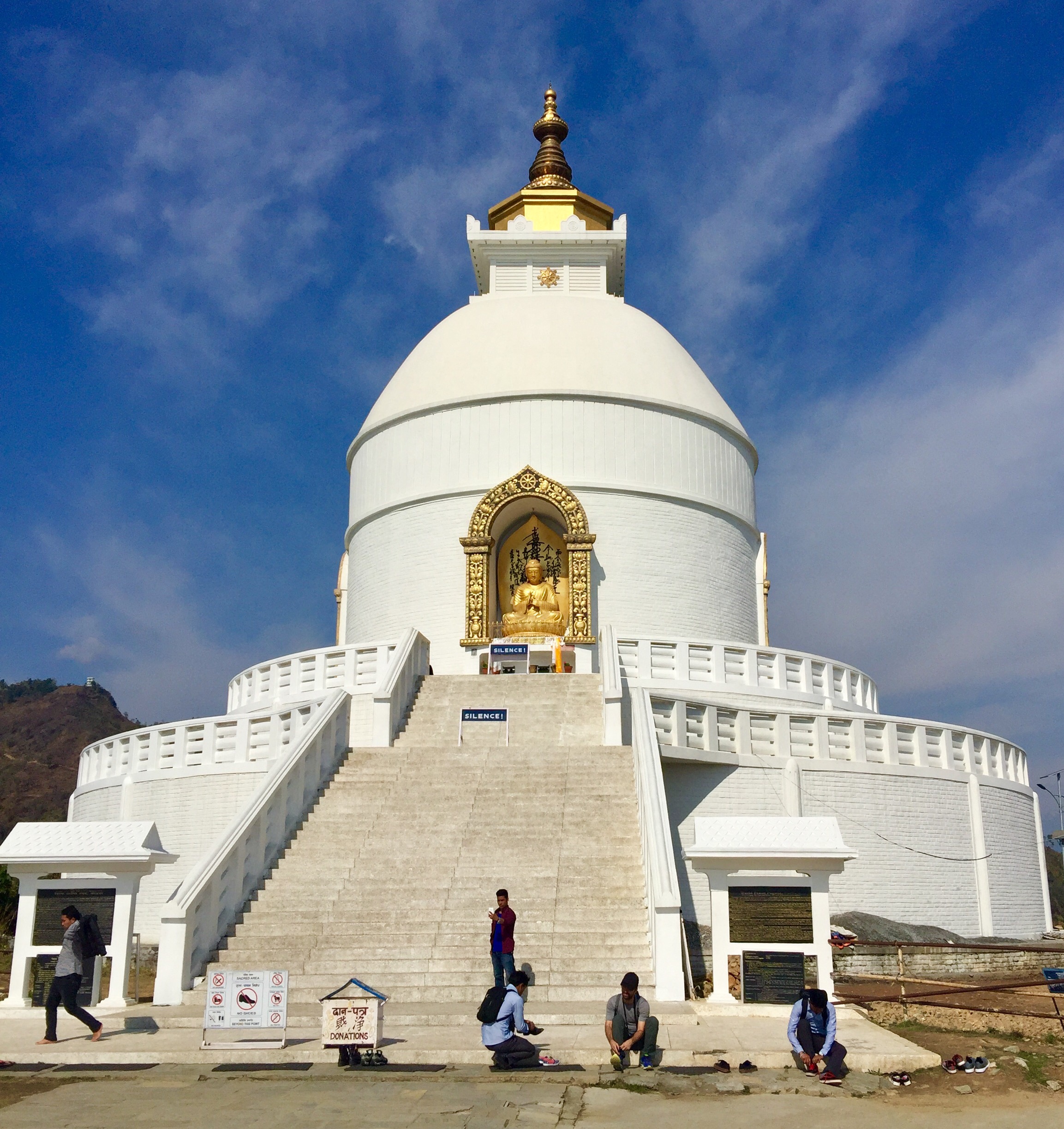
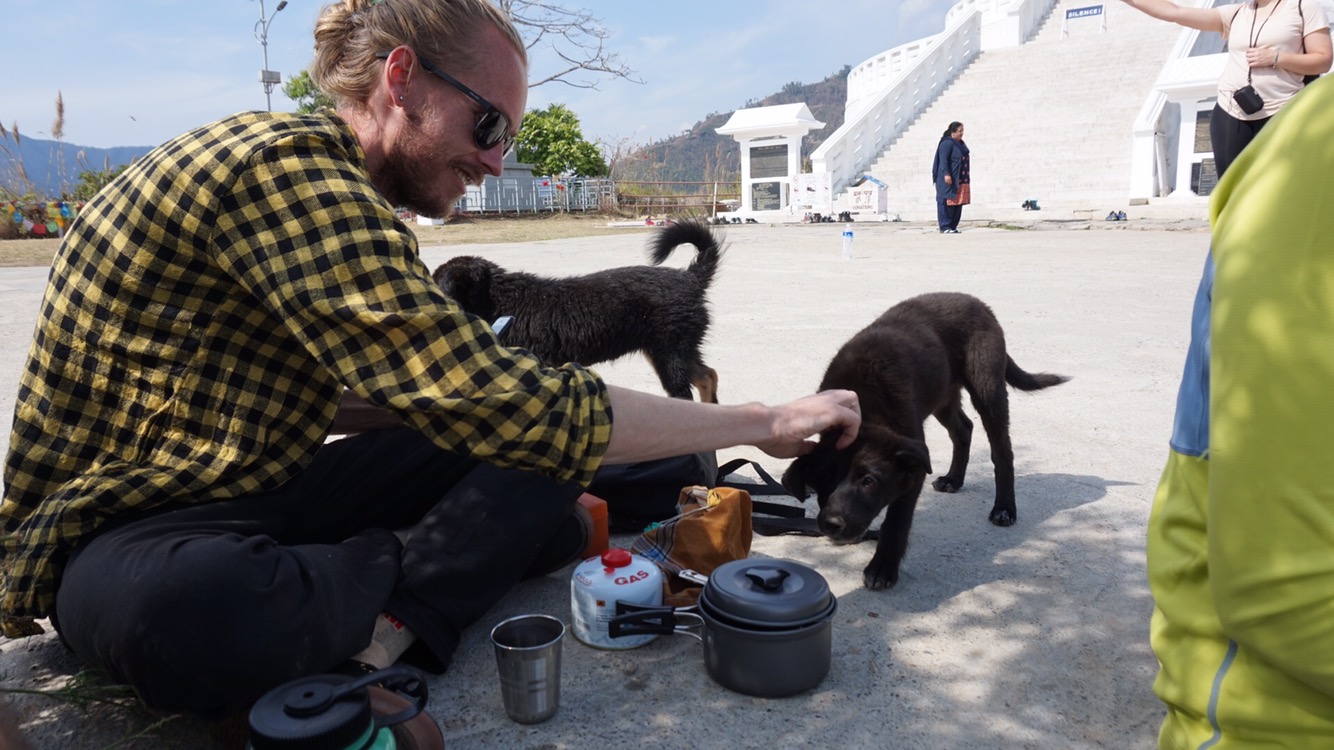
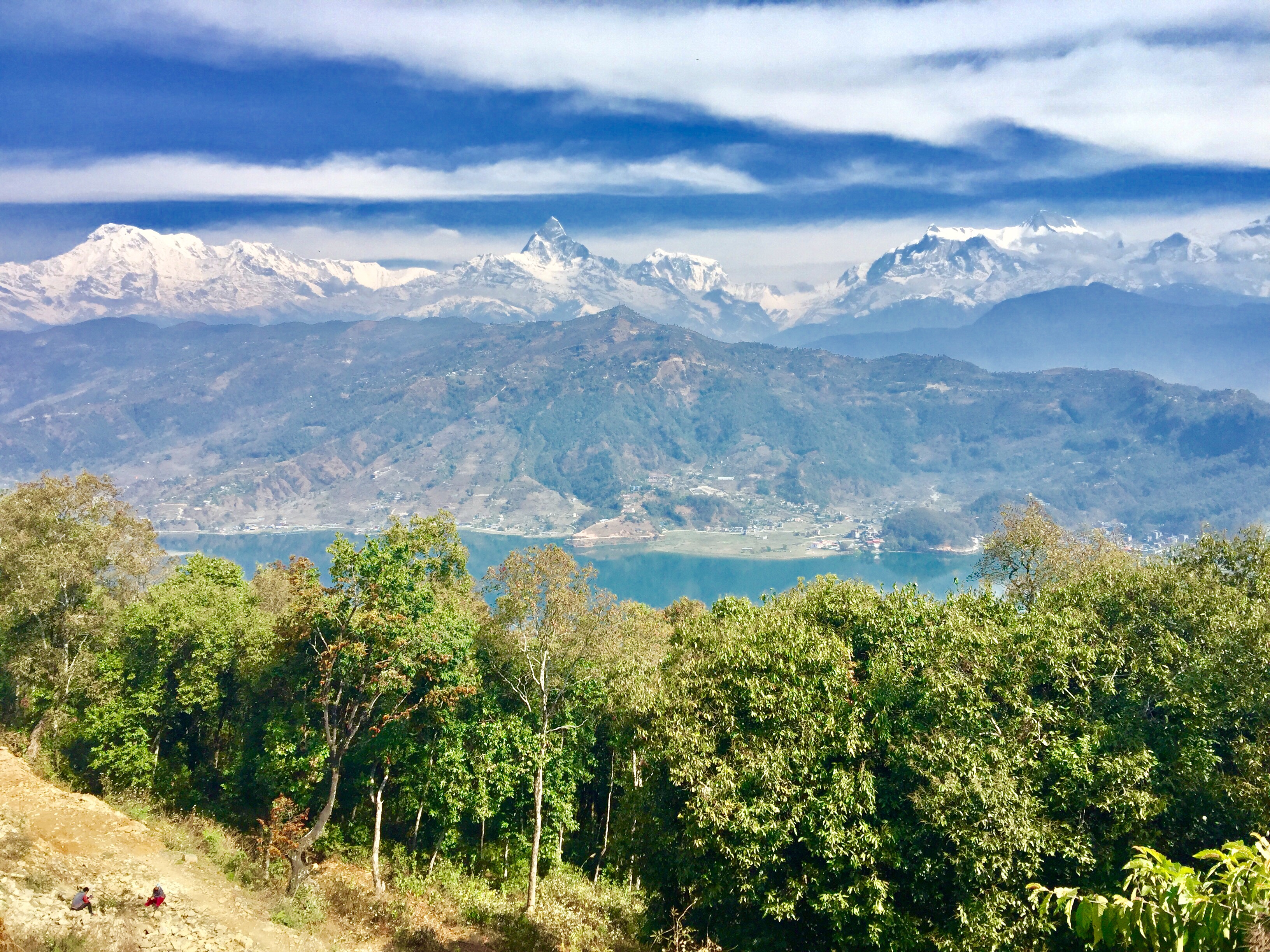
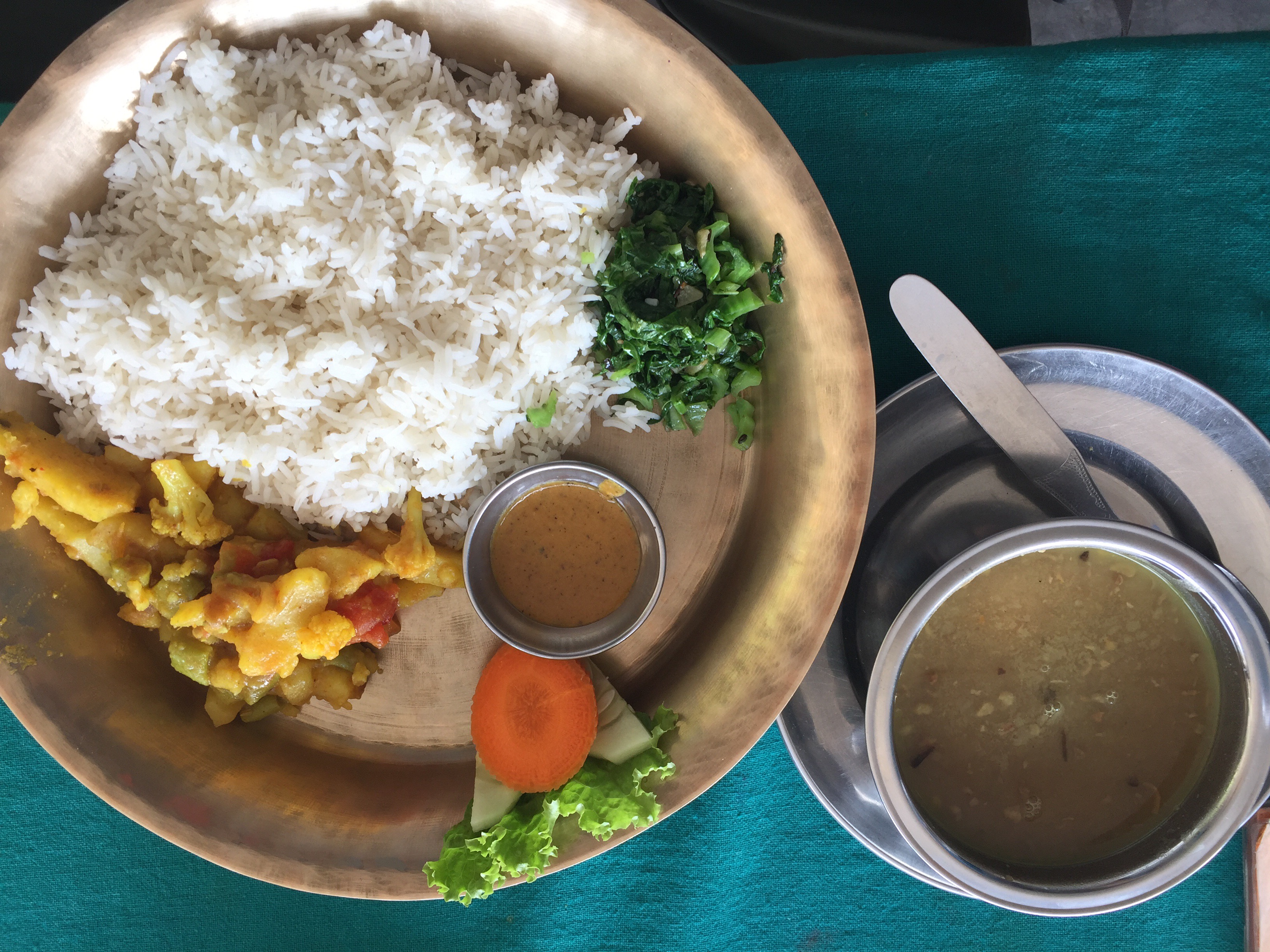
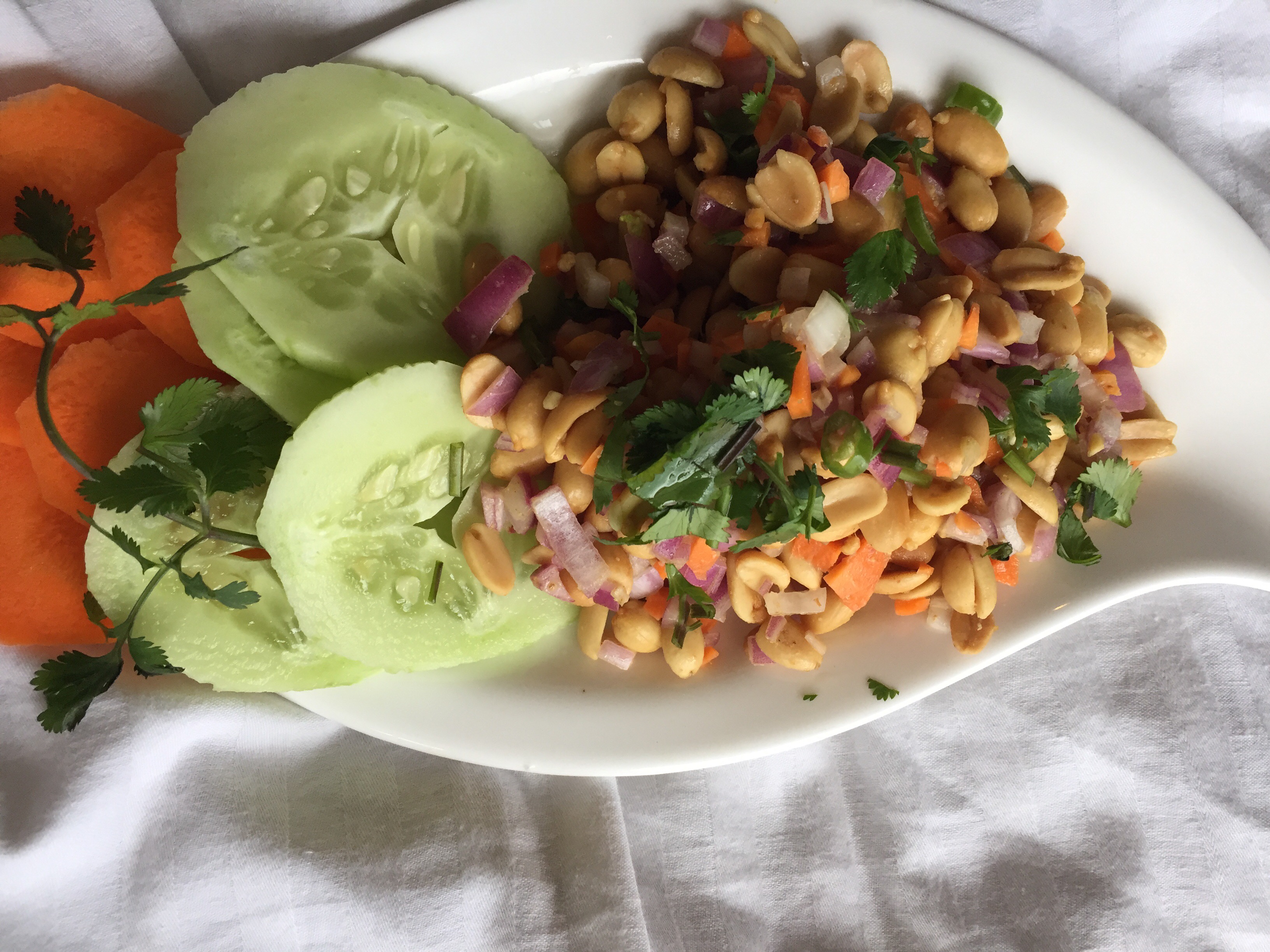
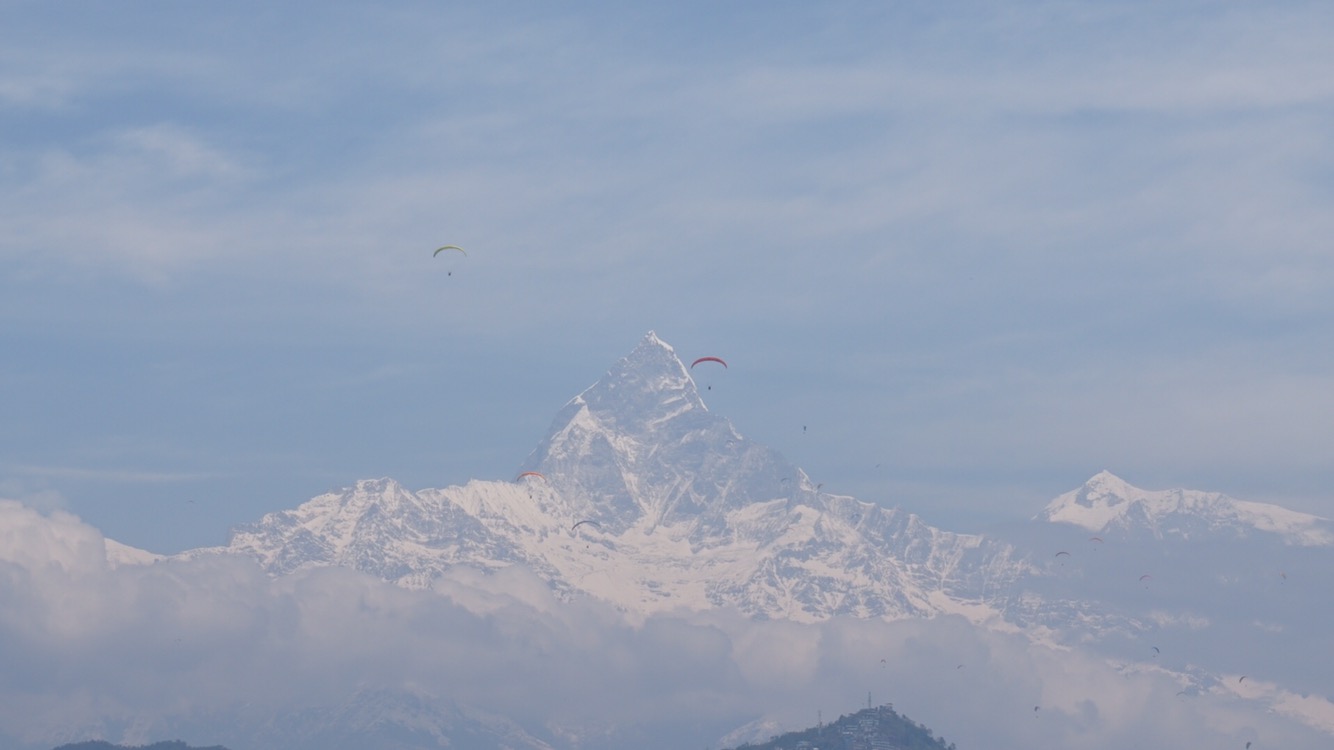
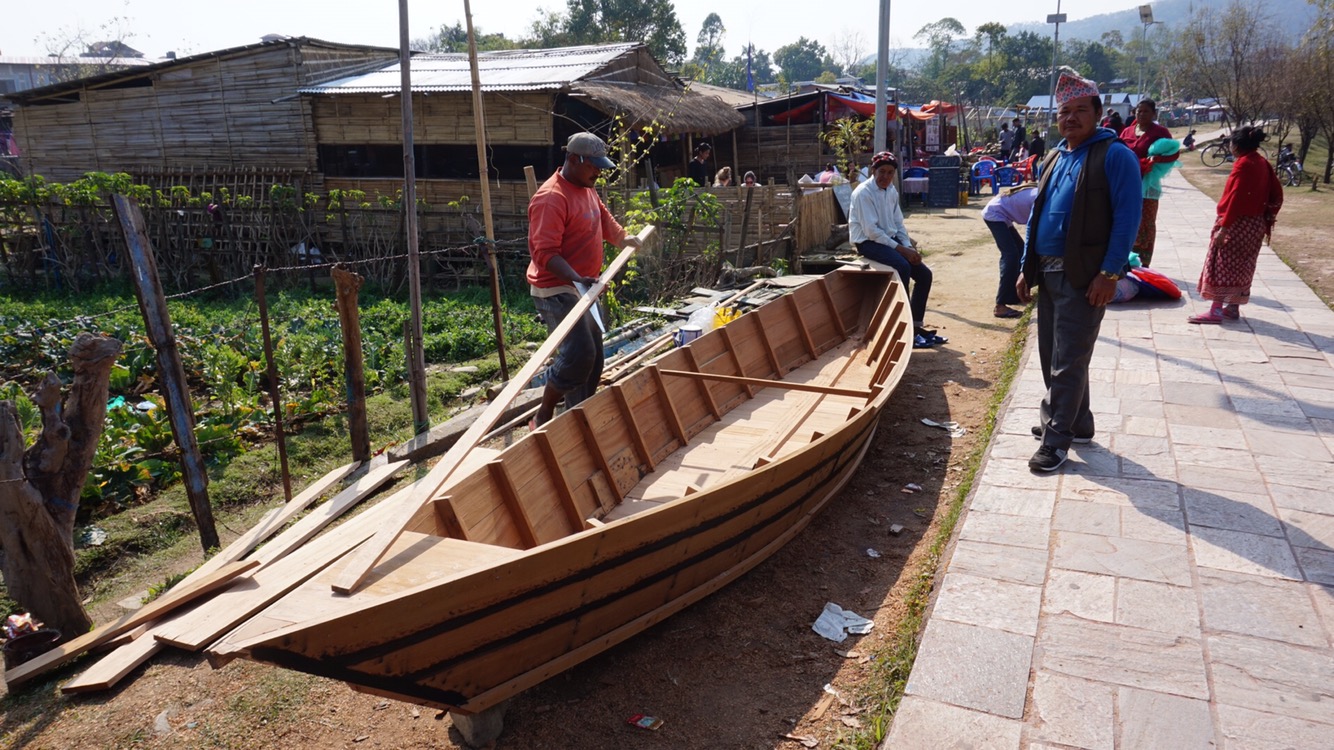
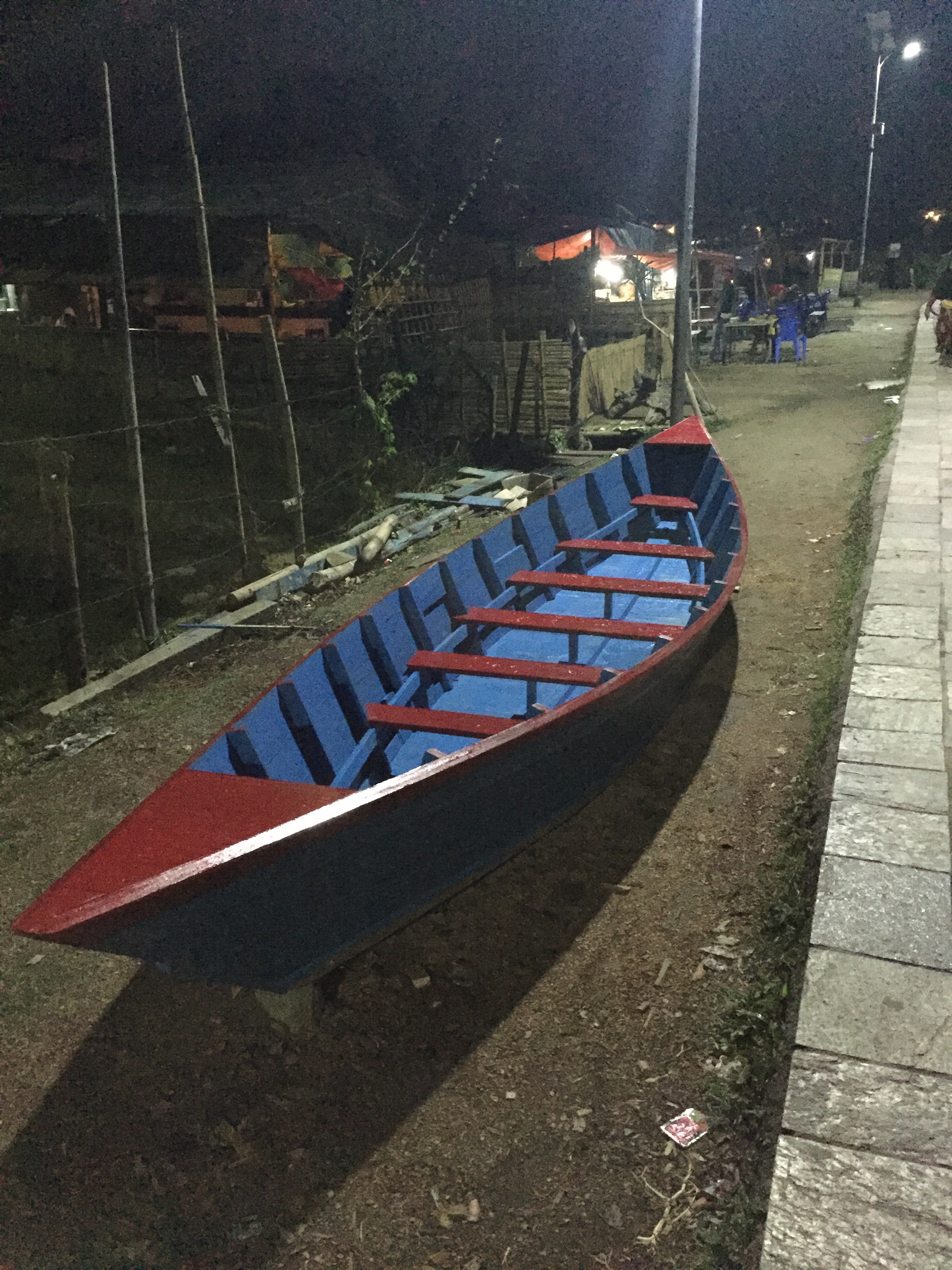
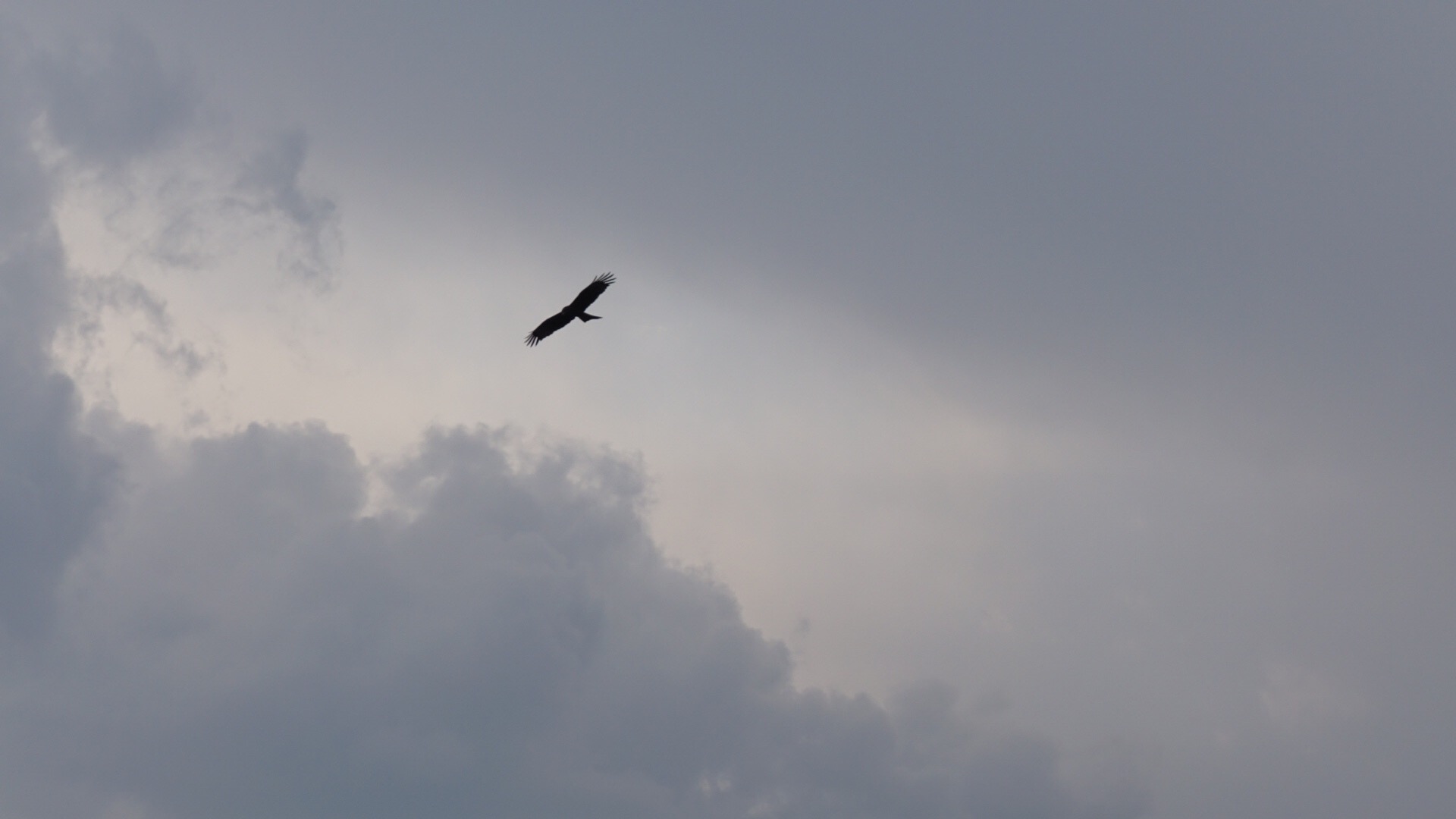
Sounds pretty sweet!! What do you guys plan to do with all your gear when your done. Selling it to newcomers? Or maybe mailing it home??
Thanks for the question Jorge! We will mail home what we bought and won’t be using for the rest of our trip: snow pants, heavy blanket, etc. We rented sleeping bags for $3/day btw.
I love it all. Holi fun.. the beauty and peacefull countryside. I’m so so happy for you both
Interesting how philosophy and religion of course historically are so intertwined
Like the Taoist spirituality of three!
Great photos. My favorite is your honest storytelling..ha.
Staring at a candle ? and truly having to quit.snack time during strenuous yoga..
Hilarious Joe.
Thanks Paige! More to come